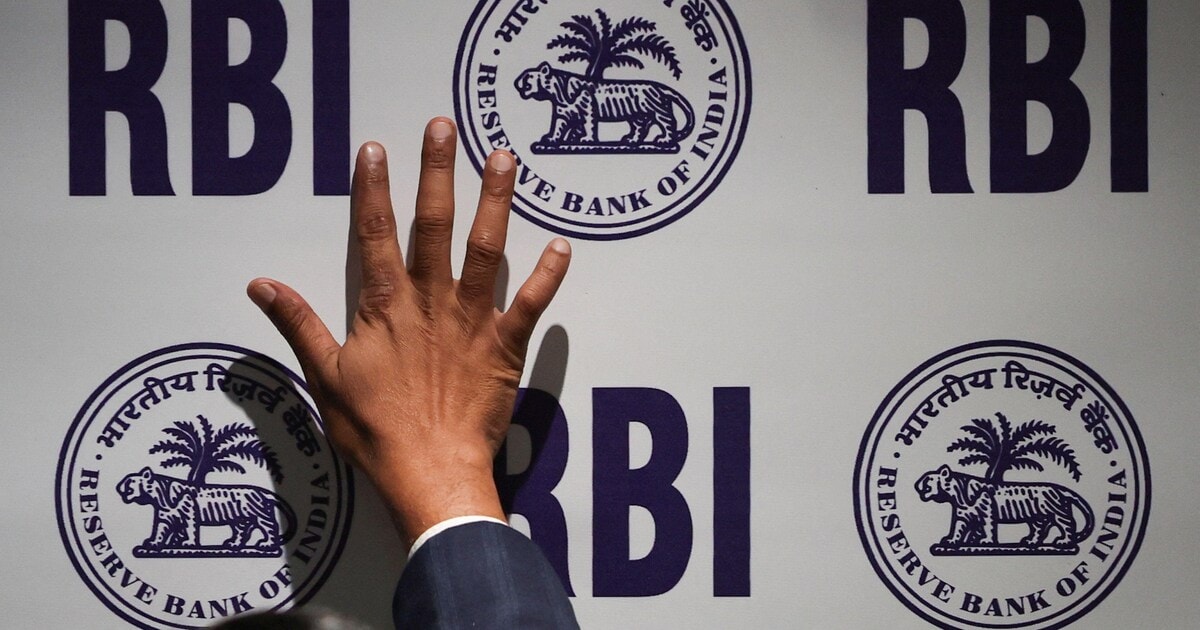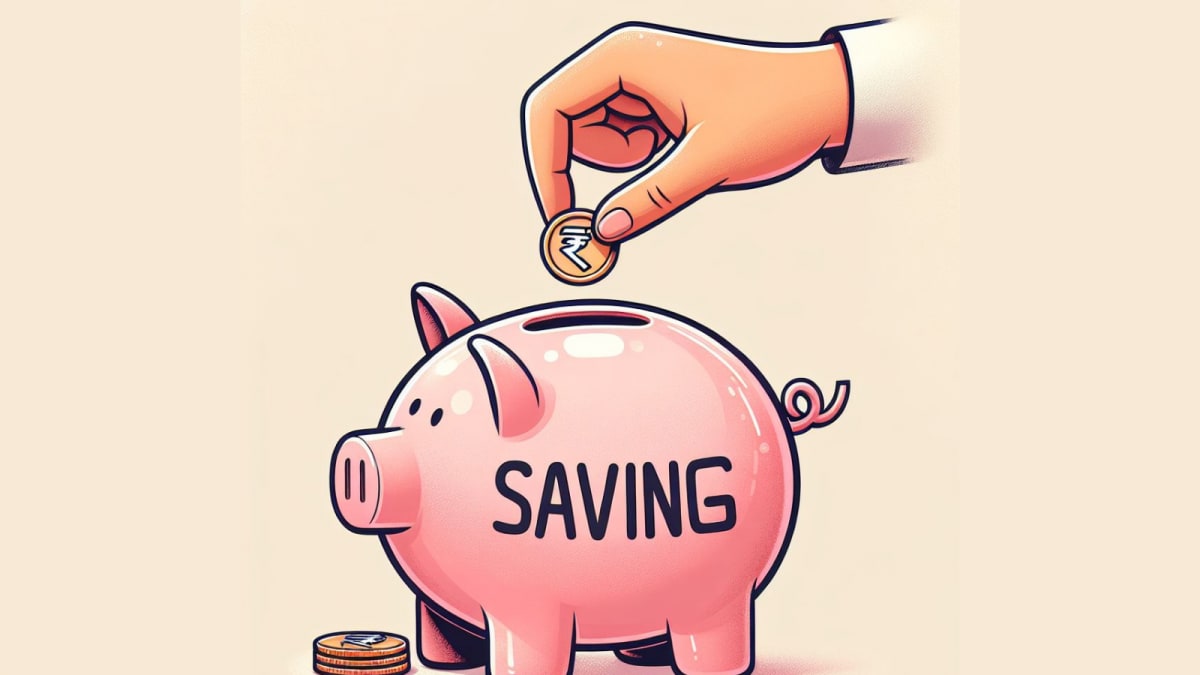Summary
The most immediate beneficiaries are existing borrowers with loans linked to the repo rate or external benchmarks. Home loan EMIs could fall by 300600 per month on average, depending on loan size and tenure.
Source: Business Standard

AI News Q&A (Free Content)
Q1: What impact does the repo rate have on the interest rates for loans in India?
A1: The repo rate is the rate at which the central bank, such as the Reserve Bank of India (RBI), lends money to commercial banks. When the repo rate is cut, it reduces the cost for banks to borrow money, which can lead to lower interest rates on loans for consumers. This reduction can make loans, such as home loans, more affordable as banks pass on the benefits to borrowers. Recent cuts in the repo rate have led to significant reductions in EMIs for home loans, providing financial relief to borrowers.
Q2: How much can home loan EMIs decrease following a reduction in the repo rate?
A2: Following a 50 basis points cut in the repo rate by the RBI, home loan EMIs can decrease significantly. For instance, on a ₹50 lakh home loan over 20 years, a reduction from 8.75% to 8.50% in interest rate can lower the EMI from ₹44,186 to ₹43,391, resulting in significant monthly savings for borrowers.
Q3: What are the recent trends in Public Sector Banks (PSU) in India regarding interest rates on loans and deposits?
A3: Public Sector Banks (PSUs) in India have been reducing their lending rates in line with the RBI's policy changes. For example, banks like Punjab National Bank and UCO Bank have announced reductions in their lending rates by up to 35 basis points. Additionally, changes in fixed deposit rates have also been observed, with some banks lowering their rates, affecting both depositors and borrowers.
Q4: What are the economic implications of reducing interest rates in emerging economies?
A4: Reducing interest rates in emerging economies can stimulate economic growth by making borrowing cheaper, thereby encouraging spending and investment. However, it can also lead to challenges such as inflation if not managed properly. Emerging economies often use counter-cyclical monetary policies, including interest rate adjustments, to stabilize their economies during financial crises and manage fluctuations in dominant currencies like the US dollar and euro.
Q5: How do interest rates influence inflation and economic stability in countries like Russia?
A5: In countries like Russia, interest rates are closely tied to inflation and economic stability. High oil prices can lead to currency appreciation, impacting sectors like manufacturing and reducing price competitiveness. Interest rates are adjusted in response to oil price shocks to stabilize inflation and maintain economic equilibrium. This adjustment helps manage the economic impact of fluctuating oil prices on the Russian economy.
Q6: What are the challenges faced by emerging economies when adjusting interest rates?
A6: Emerging economies face several challenges when adjusting interest rates, including structural and institutional constraints, as well as reactions from international financial markets. These countries must balance the need for economic stability with the risks of capital outflows and currency fluctuations. Effective management of interest rates requires careful consideration of both domestic and international economic conditions.
Q7: What role do interest rates play in the general equilibrium of an economy with heterogeneous agents?
A7: In an economy with heterogeneous agents, interest rates play a crucial role in determining savings, investments, and consumption patterns. Agents choose how much to save and invest in risk-free bonds, consume, and allocate resources across various goods. Interest rates influence these decisions by affecting the cost of borrowing and the returns on savings, impacting overall economic equilibrium and wealth distribution.
References:
- Bank rate - https://en.wikipedia.org/wiki/Bank_rate
- Interest rate - https://en.wikipedia.org/wiki/Interest_rate
- Reserve Bank of India - https://en.wikipedia.org/wiki/Reserve_Bank_of_India
- PNB has lowered fixed deposit interest rates - https://www.livemint.com/money/personal-finance/this-public-sector-bank-cuts-interest-rates-on-fixed-deposits-check-latest-fd-rates-here-11685676526533.html
- Canara Bank: The bank revised fixed deposit interest rates - https://www.goodreturns.in/personal-finance/investment/best-psu-banks-fd-2023-top-4-banks-offering-up-to-7-35-interest-rate-for-1-2-years-fds-1294785.html
- Emerging countries' counter-currency cycles in the face of crises and dominant currencies - Published: 2024-10-30
- Macroeconomic performance of oil price shocks in Russia - Published: 2022-11-28
- Home loan EMI reduction: After a long time - https://economictimes.indiatimes.com/wealth/borrow/reduction-of-home-loan-emi-or-the-tenure-which-will-save-you-more-on-interest-after-rbi-repo-rate-cut-by-50bps/articleshow/120197493.cms





